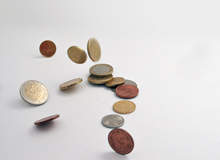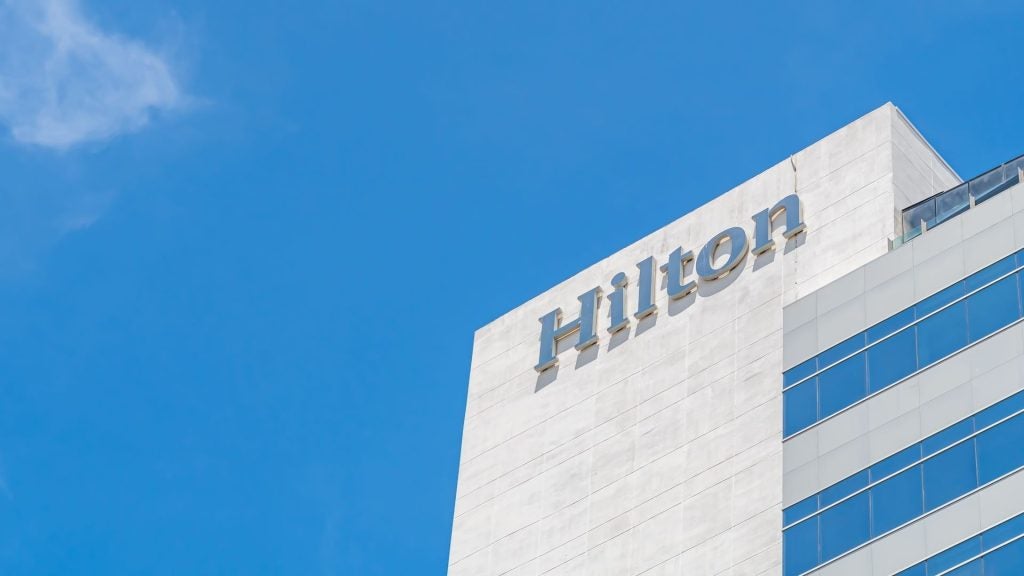
Much knowledge of technology in the hotel sector resides at corporate level, with data released to select recipients at specific times, such as budget planning. However the sharing of information among all stakeholders – in this case owners, management companies, technology vendors, operators, IT managers and even customers – ensures specific, reliable, useful, up-to-date and timely knowledge.
IT benchmarking helps to understand where an individual property ranks in comparison with other hotels in its competitive set in terms of IT spending, providing supportive evidence for managers when bidding for budget allocation and for suppliers, who can customise their product offering for the hotel sector.
The main challenge in this exercise is to set benchmarks, where few existed before, and decide which metrics are useful to measure. The benchmarks in this research were designed in collaboration with the CIOs and vice-presidents of key European, Africa and Middle East (EAME) hotel companies, including Starwood Hotels & Resorts, Rezidor Hotel Group, Golden Tulip, Four Seasons Hotels and Resorts, Mandarin Oriental Hotel Group, Jumeirah Group and Corinthia.
This benchmarking report analyses and interprets data on 265 EAME properties from an independent survey of 400, proposes IT benchmark figures at regional and property level and provides an overall view and directional indicators of EAME IT spending.
It is clear at all levels of analysis that the level of IT spending at hotels is much lower than averages reported in other sectors and that there are wide variations between EAME regions.
See Also:
Key results that focus on all regions and properties are highlighted below, with brief reference to existing, generic IT benchmark reports. Most of the properties reporting are four or five star.
How well do you really know your competitors?
Access the most comprehensive Company Profiles on the market, powered by GlobalData. Save hours of research. Gain competitive edge.

Thank you!
Your download email will arrive shortly
Not ready to buy yet? Download a free sample
We are confident about the unique quality of our Company Profiles. However, we want you to make the most beneficial decision for your business, so we offer a free sample that you can download by submitting the below form
By GlobalDataResearch design
The survey questions were designed in collaboration with CIOs of European hotel companies with reference to existing IT benchmark reports, particularly the Gartner Report, 2008 and Info-Tech Report, 2007. One of the first considerations was to define what comprises 'IT spend'.
It is defined here as 'all expenditure on technology (for example hardware, software and infrastructure), excluding marketing expenditure (such as website and associated online costs)'.
The EAME market is broken down into five key markets: AFIO (Africa and Indian Ocean), North-West Europe, Central and Eastern Europe, Mediterranean and Middle East.
After an extended period of consultation with industry experts, the main survey was launched online in May-June 2008. The survey had three main dimensions; demographic data about the property, financial data from 2007 annual figures and IT expenditure/usage data, which revealed capex and opex spend, and distribution of IT spend.
This report features IT benchmark figures broken down by EAME region but other dimensions in the survey were measured, including the number of intelligent computing devices (also reported by Gartner, 2008 and Info-Tech, 2007) and retained in-room revenues.
The metrics that are shared here are IT spend and IT yield.
Key benchmarks
In terms of IT spend the overall average is 0.92%, so less than 1% of gross operating revenues (GOR) is spent on IT. This is relatively low when compared with the 2% reported by Gartner worldwide figures in 2007 and 2008 for hospitality and travel, and also against EMEA figures for all business sectors of 4.4% in 2007.
It is much lower than other sectors, such as transportation at 3.3% or banking at 6.7%.
The highest regional average is the Middle East at €164,966 per property and the lowest spend per property is the Africa and Indian Ocean region, followed closely by the North West region. This can be explained by the volume of new properties built in the Middle East, incurring higher initial IT investment, and the size and scope of the properties.
Though it is clear that the Middle East region has the highest property level spend, it has one of the lower IT spend per room results, with the Mediterranean region having the highest capex and opex IT spend per room. Particularly in the Middle East, certain factors must be considered when interpreting the data.
These include high occupancy rates, lower local IT costs, high average daily rates (ADR) and a significant contribution to GOR from other revenue streams, such as food and beverage and spas, which can have relatively low technology cost implications.
The figure for IT yield has an overall average of €10.01, with the highest-yielding region, the Middle East, at €34.60. Again the Africa and Indian Ocean and North-west regions have the lowest IT yield, reflecting, perhaps, the lower revenues and higher costs associated with these regions.
Comments on results
So why does the hospitality sector spend so little on IT? Discussions with key IT hotel industry experts indicate several reasons, including that IT employees can be ineffective at internal marketing and competing for a share of the budget, the hotel industry is high-touch rather than high-tech and upscale properties are more likely to employ extra staff than additional technology, IT is not considered a core competency, hotels have no need to be innovative with technology, IT budget
decisions are frequently taken by owners rather than operators or managers, and IT is viewed as a cost rather than an investment.
Caution must be exercised in using the benchmark figures, such as IT as a percentage of gross revenue, in terms of allocation of IT or other business resources. Statistics alone do not measure IT efficiency or efficacy, nor are they a measure of success, as other determinants should be considered.
These benchmarks could help to guide decision-making in allocation of scarce IT resources, particularly in the present economic conditions. However an understanding of the business value, capacity and maturity of deployment of IT at property level is critical.
Furthermore, tracking the key metrics on an annual basis will provide a more valuable tool for strategic IT deployment. This is even more critical given that 2007 saw the beginning of an economic downturn in Europe, now a full-blown recession, with inevitable impact on corporate, regional and property budgets.






